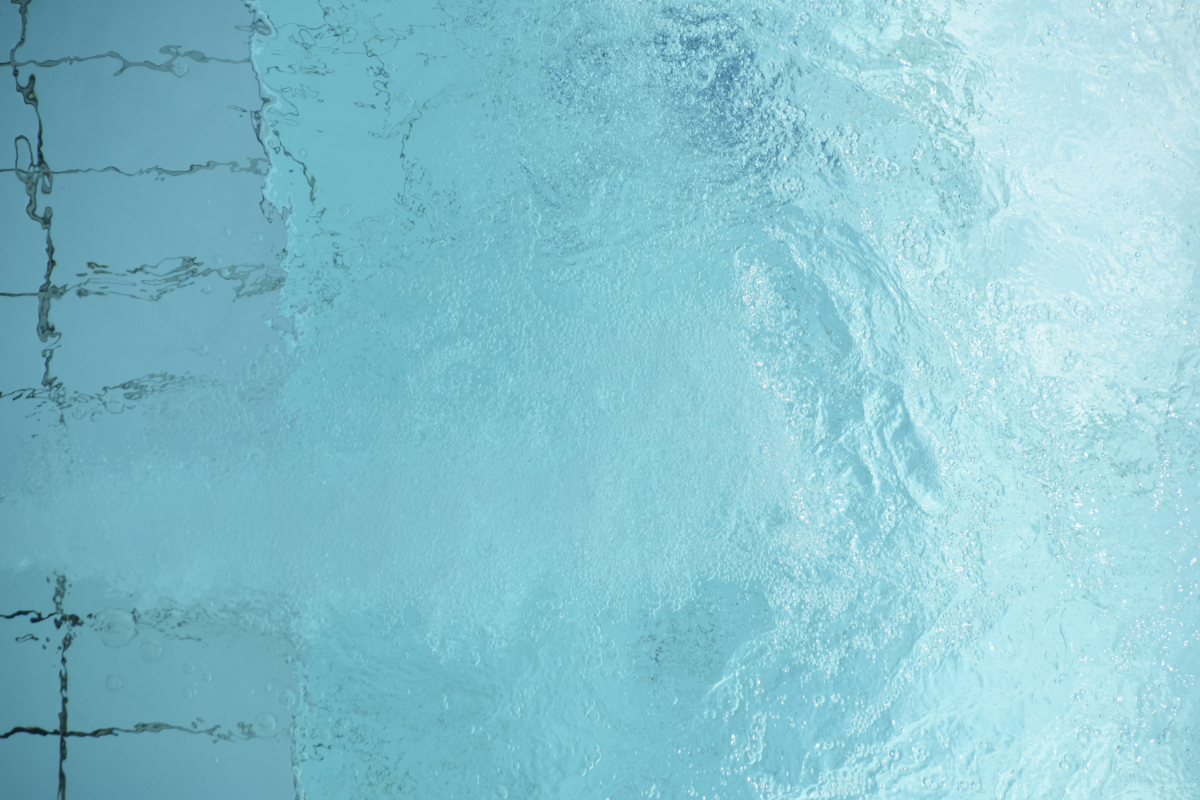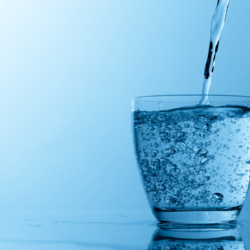Since ancient times, hydrotherapy has been recognised and appreciated for its health benefits, as well as its soothing and relaxing properties. In this article, we’ll look at the different types of hydrotherapy and their benefits for the body.
The different forms of hydrotherapy
Depending on the water used, its shape and temperature, hydrotherapy can take a number of forms and help to treat a variety of illnesses and conditions.
Thalassotherapy
Thalassotherapy is a cure using seawater. People who choose this hydrotherapy treatment benefit from the trace elements, mineral salts and vitamins in this saline water. During the sessions, the water is generally heated to between 31 and 35°C. The aim is to dilate the skin’s pores. This allows the trace elements to penetrate the body and circulate easily throughout the body.
Spa treatment
Spa treatments involve the use of thermal and mineral spring water. By opting for this treatment, you benefit from the mineral salts contained in this soft water. It should also be noted that treatments can be carried out using products derived from thermal waters, such as gas or mud.
The health benefits of hydrotherapy
Hydrotherapy offers numerous health benefits.
In thalassotherapy
Seawater has a number of benefits for the body and organism, thanks to the trace elements, mineral salts and vitamins it contains.
● Relief from respiratory problems: patients are sent to specialised centres located near the sea. They breathe the pure air by the sea to relieve the symptoms associated with their respiratory problems. This cure can also be taken in the mountains.
● Detoxifying the body: heated to between 31 and 35°C, seawater opens and penetrates the pores to remove toxins from the body. This brings vitality and tone to those taking the waters.
● Alleviation of certain skin conditions (psoriasis, various forms of eczema, etc.): skin conditions can be alleviated thanks to targeted treatments. This is done by applying a seaweed and/or mud wrap to the affected areas. It is also advisable to take dietary supplements for the skin to achieve tangible results.
Spa treatments
Thermal water is also a source of many benefits, thanks to the mineral salts it contains.
● Soothing digestive and kidney ailments: here, it’s a case of ingesting or introducing thermal water into the body, as in the case of colon hydrotherapy. It is essential to follow the specialists’ instructions to avoid problems.
● Relief of muscular and joint pain (osteoarthritis, arthritis, rheumatism, etc.): people taking the waters swim or have a massage under the thermal water. They are monitored by a professional as part of physiotherapy. A systematic narrative review carried out by the Catholic University of Louvain analysed the effect of hydrotherapy on non-specific low back pain. This review, which followed the PRISMA recommendations and examined post-2012 studies, found that hydrotherapy can be an effective treatment for non-specific low back pain, positively affecting pain, disability, health and quality of life.
Similarly, the Cochrane Library highlights the beneficial properties of mineral water baths for osteoarthritis patients, noting an improvement in pain and quality of life one month after treatment. However, the authors recommend that these results be treated with caution, as the data are still insufficient to confirm an effect on physical function or quality of life in general.
● Alleviation of respiratory problems: as part of aerosol therapy, people taking the waters benefit from the vapours in the thermal water. Through aerosolisation or inhalation, these can reduce asthma symptoms.
Hydrotherapy sessions of 20 to 60 minutes, three times a week, have been shown to have beneficial effects on quality of life, pain, function, muscle strength and cardiovascular endurance, according to an in-depth search of medical databases (3).
Hydrotherapy in the context of rehabilitation
Hydrotherapy, a therapeutic practice using the properties of water, plays a crucial role in post-injury or post-operative physical rehabilitation.
The principles of hydrotherapy in rehabilitation
By reducing the effect of gravity, water makes it easier and less painful to mobilise joints and muscles. This is particularly beneficial for patients undergoing rehabilitation, as it allows them to carry out exercises that might be too painful or difficult to perform out of the water.
Specific benefits
- Reduced pain and inflammation: Warm water helps to relax muscles and increase blood circulation, helping to reduce pain and inflammation.
- Improved mobility: The buoyancy of water allows for a greater range of movement, which is essential for regaining flexibility after prolonged immobilisation.
- Muscle strengthening: Water offers natural resistance, helping to strengthen muscles without putting undue stress on joints.
Clinical applications Hydrotherapy is particularly effective in the treatment of a variety of conditions, such as sports injuries, orthopaedic surgery, arthritis and neurological disorders. Specific exercises in the water are adapted to each patient’s condition and objectives, under the supervision of a specialist therapist.
Focus on children and hydrotherapy
Hydrotherapy, with its gentle, fun approach, is particularly suitable for children, especially for the treatment of certain paediatric conditions.
Benefits for children
- Motor Development and Coordination: In the unique environment of water, children find an ideal platform for developing their motor skills and coordination. Hydrotherapy, thanks to the resistance and buoyancy of water, allows children to work on their balance, strength and coordination in a fun and less restrictive way than on land. This approach is beneficial for stimulating skills such as walking, running and jumping, offering gentle resistance that strengthens muscles and improves endurance.
- Relief from Specific Conditions: For children suffering from specific conditions such as cerebral palsy, musculoskeletal disorders, or developmental delays, hydrotherapy shows promise as a therapeutic solution. Warm water can relax tense muscles, relieve pain and improve blood circulation, which is essential for healing and recovery. What’s more, the soothing nature of water contributes to a child’s relaxation and emotional well-being, promoting a more effective overall recovery.
Methods suitable for children
- Fun Games and Exercises: The use of fun games and exercises in hydrotherapy is an effective approach to engaging children in their treatment. These activities are designed to be fun and stimulating, encouraging children to actively participate in their rehabilitation. For example, games involving retrieving submerged objects or swimming races can help improve motor coordination and muscle strength in a playful context. These fun exercises also help to keep children interested and motivated throughout their treatment.
- Safety and comfort: Safety and comfort are crucial aspects of hydrotherapy for children. Therapists ensure that the pool environment is safe and that the water is at an appropriate temperature to avoid any discomfort or risk to young patients. The equipment used, such as floats or boards, is chosen to ensure safety and to help with the exercises. In addition, sessions are closely supervised to ensure that children feel safe and comfortable throughout their aquatic therapy.
Hydrotherapy: a natural, age-old solution not to be overlooked
All in all, hydrotherapy, whether in the form of thalassotherapy or a spa treatment, is a natural, age-old solution that has many benefits for our health and well-being. Thanks to the soothing and relaxing properties of water, this method can relieve a variety of aches and pains, reduce the symptoms of certain ailments and detoxify the body.
What’s more, hydrotherapy offers an opportunity to reconnect with nature and enjoy a moment of relaxation away from the stresses of everyday life. It’s important to remember, however, that this practice must be supervised by health professionals in order to guarantee appropriate and effective treatment.
Counter-arguments and precautions to take into account
Although hydrotherapy offers many benefits for health and well-being, it is important to take into account certain counter-arguments and precautions for safe and effective use of this method.
The need for medical diagnosis and monitoring
Before embarking on a hydrotherapy cure, it is essential to consult a doctor to assess the patient’s general state of health and determine whether this method is appropriate for him or her. Certain medical conditions may contraindicate the use of hydrotherapy, and a precise diagnosis is necessary to avoid complications. In addition, regular medical monitoring during the cure will ensure the safety and effectiveness of the treatment.
Risks of allergies and intolerances
Some people may be allergic or intolerant to the components of seawater or thermal spring water, such as the mineral salts, trace elements or algae used in the wraps. It is therefore important to carry out an allergy test before starting a hydrotherapy cure and to inform health professionals of any adverse reactions.
The limits of hydrotherapy
Although hydrotherapy can bring significant benefits for certain ailments and pains, it should not be considered a miracle solution. In some cases, hydrotherapy may not be sufficient to treat an illness or chronic pain, and it is important to consider it as a complement to drug treatments and other therapeutic methods.
Conclusion
Hydrotherapy, in its various forms, is a natural and age-old method that has many benefits for health and well-being. However, it is essential to approach this practice with caution and discernment, taking into account the counter-arguments and precautions to be taken if it is to be used safely and effectively.
Ultimately, hydrotherapy can be an interesting solution for improving our health and relieving various types of pain, as long as it is considered as a complement to medical treatments and other therapeutic approaches, and as long as the medical follow-up is of a high quality. In this way, we can take full advantage of the benefits of hydrotherapy while minimising the risks and limitations associated with the practice.
FAQ
- What is hydrotherapy?
Hydrotherapy is a treatment method that uses water in different forms (seawater, thermal water, steam, etc.) to relieve various aches and pains, improve health and promote relaxation. This age-old practice has its origins in ancient Greece and Rome.
- What are the main types of hydrotherapy?
The two main types of hydrotherapy are thalassotherapy, which uses seawater, and spa treatment, which uses thermal spring and mineral water. Each of these methods offers specific health benefits depending on the elements it contains, such as mineral salts, trace elements and vitamins.
- What are the benefits of hydrotherapy?
Hydrotherapy has many health benefits, such as relieving muscle and joint pain, reducing the symptoms of certain skin and respiratory conditions, and detoxifying the body. These benefits vary depending on the type of hydrotherapy used (thalassotherapy or spa treatment) and the specific treatments offered.
- Is hydrotherapy safe?
Hydrotherapy is generally safe for most people, provided it is supervised by health professionals and tailored to the specific needs of each individual. However, it is important to consult a doctor before starting a hydrotherapy cure, as certain medical conditions may contraindicate this method. In addition, it is essential to carry out an allergy test to avoid adverse reactions to the components of seawater or thermal water.
- Can hydrotherapy replace medical treatments?
Hydrotherapy should not be seen as a substitute for traditional drug treatments, but rather as a complement to other therapeutic methods. In some cases, hydrotherapy may not be sufficient to treat an illness or chronic pain, and it is important to consider it in conjunction with other treatments and approaches to ensure optimal health management.
References
- “Université Catholique de Louvain, The health benefits of hydrotherapy compared with conventional treatment in people with non-specific low back pain – A systematised narrative review.”
- “Cochrane, Balneotherapy or hydrotherapy for osteoarthritis. Verhagen AP, Bierma-Zeinstra SMA, Boers M, Cardoso JRosa, Lambeck J, de Bie R, de Vet HCW. Balneotherapy for osteoarthritis. Cochrane Database of Systematic Reviews 2007, Issue 4, Art. no.: CD006864. DOI: 10.1002/14651858.CD006864.
- https://papyrus.bib.umontreal.ca/xmlui/handle/1866/8651





